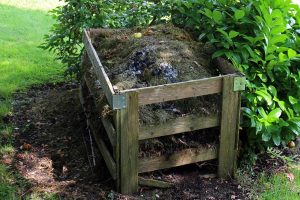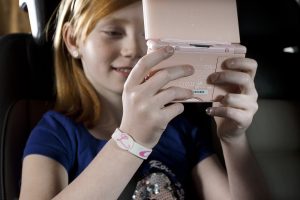
Steaming, an ancient cooking technique, has stood the test of time, weaving its way through diverse culinary traditions across the globe. Whether it’s the delicate dim sum in China, the vibrant tamales in Mexico, or the health-conscious approach in modern kitchens, steaming has established itself as a versatile and health-friendly method of cooking. In this exploration, we will unravel the art and science behind steaming foods, delving into its historical roots, the technical nuances involved, and the contemporary resurgence of steaming in today’s culinary landscape.
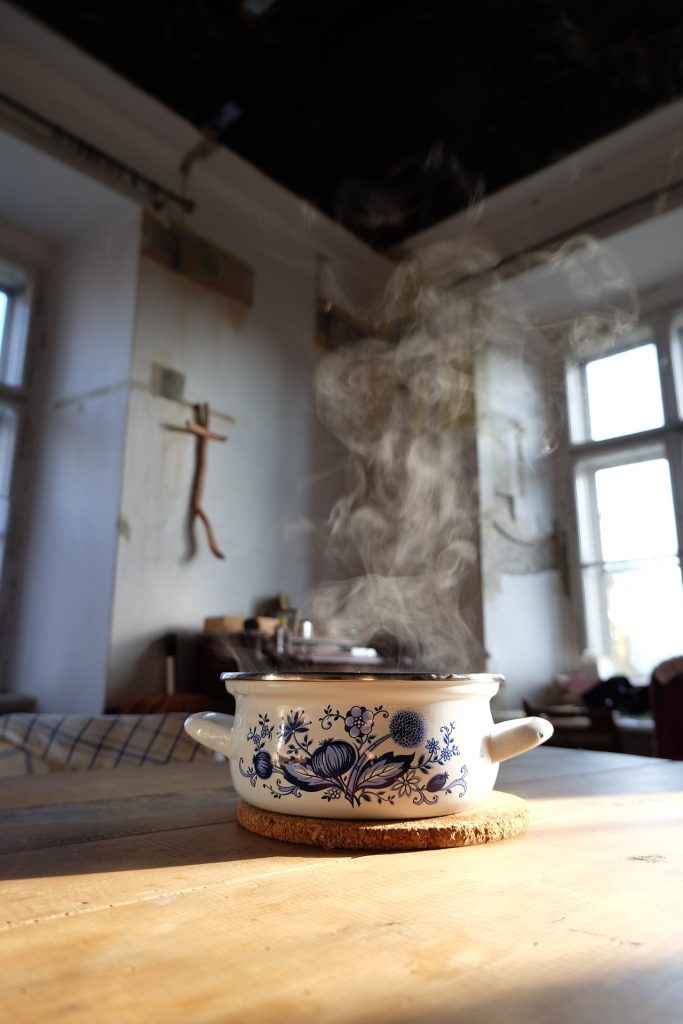
Historical Roots of Steaming
The practice of steaming has ancient origins, with its roots reaching back thousands of years. Historical records reveal that the advantages of using steam to cook food has been recognized during early civilizations, from the Chinese and Egyptians to the Greeks. The Chinese, in particular, developed elaborate bamboo steamers, which are still widely used today, to prepare a variety of dishes. The process of steaming was not only practical for preserving nutrients but also seen as a way to enhance flavors by allowing ingredients to retain their natural taste and textures.
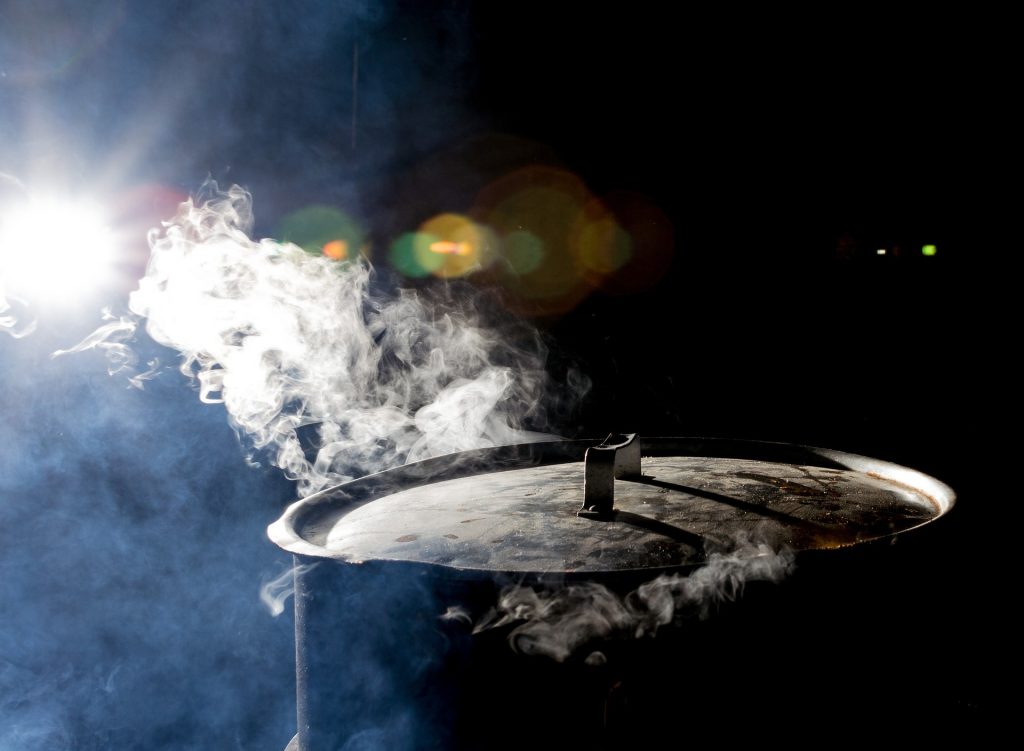
The Science of Steaming
Steaming is a cooking method that relies on the transfer of heat through vaporized water. Unlike other cooking techniques that involve direct contact with hot surfaces, a gentle and even heat distribution is provided by steaming. The science behind steaming lies in the phase transition of water from liquid to steam. As water boils, it releases steam, which then surrounds the food, effectively transferring heat and cooking it.
The ability to preserve the nutritional content of foods is one of the key advantages of steaming. Unlike boiling, where water-soluble vitamins may leach into the cooking liquid, steaming minimizes nutrient loss. The controlled and gentle heat helps to retain the vibrant colors, natural flavors, and essential nutrients of the ingredients.

Versatility in Steaming
Steaming is a cooking method that embraces diversity, accommodating a wide range of ingredients and culinary styles. From vegetables and seafood to meats and grains, nearly any food category can be steamed. The adaptability of steaming extends beyond ingredients to include various techniques such as single-tier steaming, double-tier steaming, and even en papillote – a method where food is enclosed in parchment paper and steamed to perfection.
The popularity of steamed foods is also attributed to its ability to cater to dietary preferences. In an era where health-conscious choices are paramount, steaming aligns perfectly with the growing demand for nutritious and low-fat meals. It is an ideal method for those seeking to reduce calorie intake without compromising on taste.
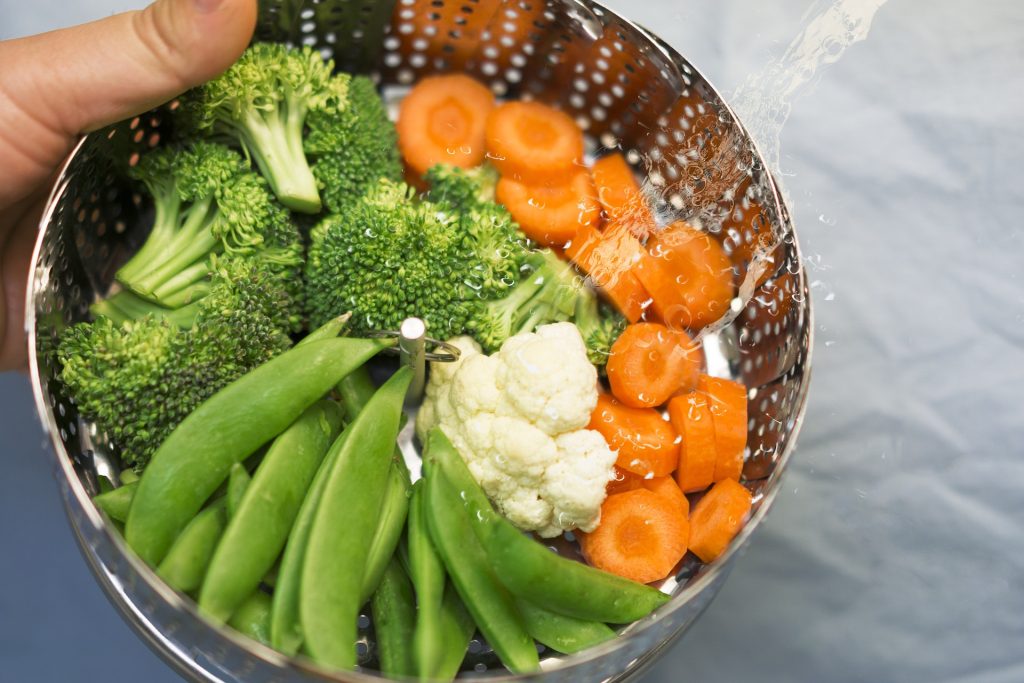
Elevating Culinary Delights
Steaming is not just about health; the culinary experience can be elevated by this technique by allowing the natural flavors of ingredients to shine. The delicate balance of textures – from the tender and moist to the firm and succulent – achieved through steaming is unmatched. Moreover, a subtle, clean taste is imparted by this method making it a preferred method for those who appreciate the purity of flavors.
Asian cuisines, in particular, have mastered the art of steaming, showcasing its transformative potential. Dim sum, a traditional Chinese cuisine, features an array of bite-sized, steamed dumplings and buns, each bursting with distinct flavors. The transparent dumpling skins, showcasing the vibrant colors of the fillings, are a testament to the finesse of steaming in creating visually appealing and delectable dishes.
Contemporary Resurgence
In recent years, steaming has experienced a resurgence in popularity, fueled by the growing awareness of health and wellness. As modern kitchens embrace a holistic approach to cooking, steaming has emerged as a cornerstone of the culinary movement towards clean eating. Steaming aligns with the preferences of individuals seeking a balance between flavor, nutrition, and simplicity.
The rise of electric steamers and advanced steaming equipment has made the process more accessible to home cooks. These appliances streamline the steaming process, providing precise temperature control and reducing the intimidation factor often associated with traditional steaming methods.
Conclusion
Steaming, with its rich historical roots, scientific foundation, versatility, and ability to elevate culinary delights, stands as a testament to the enduring appeal of this cooking technique. As contemporary kitchens continue to evolve, the art and science of steaming remain relevant, offering a perfect blend of health-conscious choices and culinary excellence. Whether it’s a succulent piece of fish, a medley of colorful vegetables, or an exquisite dim sum, steaming continues to captivate taste buds and demonstrate its timeless significance in the world of gastronomy.





